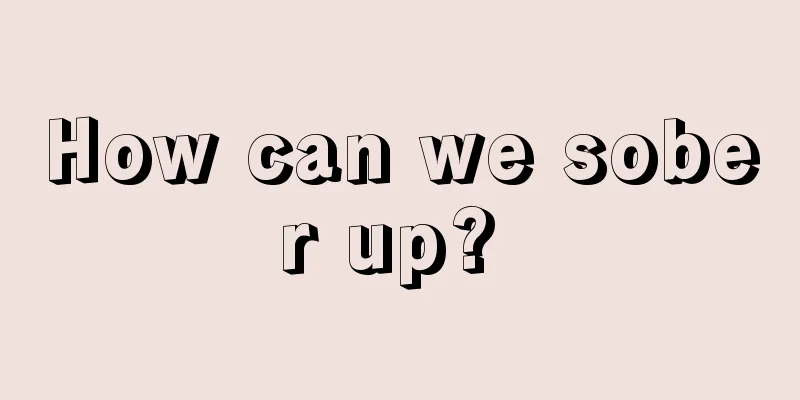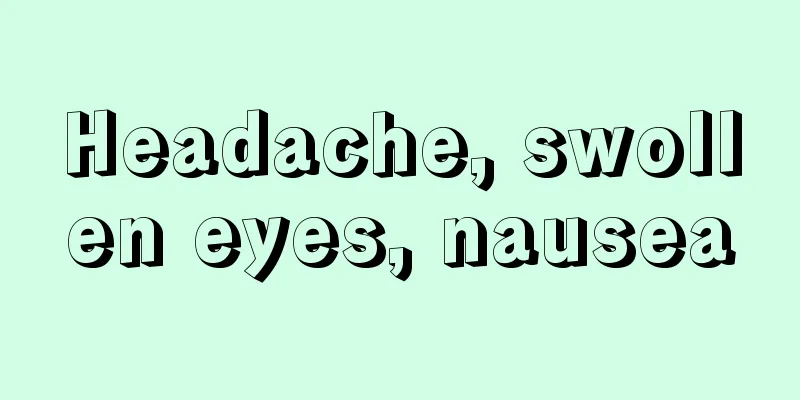What is the reason for the heavy feeling in the back

|
The heaviness in the back is closely related to cervical disease, because the cervical disc is usually prone to trauma or strain when bearing weight, which leads to this feeling of heaviness and pain. So once you find that your body has these similar symptoms and changes, you should also pay attention to scientific examinations, combine work and rest in life, and avoid excessive fatigue. 1. The basic pathological change of cervical spondylosis is the degeneration of the intervertebral disc. The cervical vertebrae are located between the head and the thorax. The cervical intervertebral discs need to move frequently while bearing weight, and are prone to excessive minor trauma and strain, leading to illness. 2. The main pathological changes are: early stage is cervical disc degeneration, decreased water content of the nucleus pulposus and swelling and thickening of the fibers of the annulus fibrosus, followed by hyaline degeneration and even rupture. After the cervical intervertebral disc degenerates, its resistance to pressure and tension decreases. When affected by the gravity of the head and the pulling force of the head-thoracic muscles, the degenerated intervertebral disc may bulge outward locally or extensively, causing the intervertebral disc space to narrow, the articular processes to overlap and dislocate, and the longitudinal diameter of the intervertebral foramen to decrease. 3. As the cervical intervertebral disc bulges outward, the surrounding tissues (such as the anterior and posterior longitudinal ligaments) and the vertebral periosteum may be lifted up, forming a gap between the vertebral body and the protruding intervertebral disc and the lifted ligament tissue, called the "interligament disc space", in which tissue fluid accumulates. Coupled with the bleeding caused by minor injuries, this bloody fluid becomes organized and then calcified and ossified, thus forming osteophytes. The relaxation of the anterior and posterior ligaments of the vertebral body makes the cervical spine unstable, which increases the chance of trauma and causes the osteophytes to gradually increase. Osteophytes, together with the bulging annulus fibrosus, the posterior longitudinal ligament, and edema or fibrous scar tissue caused by traumatic reaction, form a mixture that protrudes into the spinal canal at the site equivalent to the intervertebral disc, which may compress the spinal nerves or spinal cord. |
<<: My back hurts when I lie down but not when I stand. Why?
>>: I have stomachache, diarrhea and itchiness all over my body, what's going on?
Recommend
Will soaking your feet in salt water damage your kidneys?
The feet are the second heart of human beings, so...
How to deal with anal fissure treatment and medication?
Anal fissure is a highly painful symptom with man...
The difference between urinary tract infection and eczema
Eczema is a very common disease, especially in sp...
Acupuncture beauty wrinkle removal
Loving beauty has become a pursuit. With the chan...
Why is it difficult to treat fibroids
Why is it difficult to treat fibroids? In life, t...
Is it uncomfortable to do a barium meal?
Patients generally do not experience pain or othe...
Where should the alcohol bath be applied?
Everyone must be familiar with alcohol. When we s...
What to do if a toe is broken
Fractures are not unfamiliar to many people. Frac...
What is the use of applying essential oil to hair
Many people will apply some essential oil on thei...
How to preserve and keep killed fish fresh
Fish is a relatively healthy type of meat. It con...
Freestyle hand and foot coordination
Many people born in the 1980s were unable to stud...
How to choose a cervical pillow
Many people have problems with their cervical ver...
How to effectively treat hyperlipidemia
Patients with hyperlipidemia should adopt scienti...
What to do with bent legs and how to straighten them
Everyone loves beauty, but in real life, people h...
How to prevent liver cancer? Check out the ways to prevent liver cancer in life
What are the ways to prevent liver cancer? How to...









